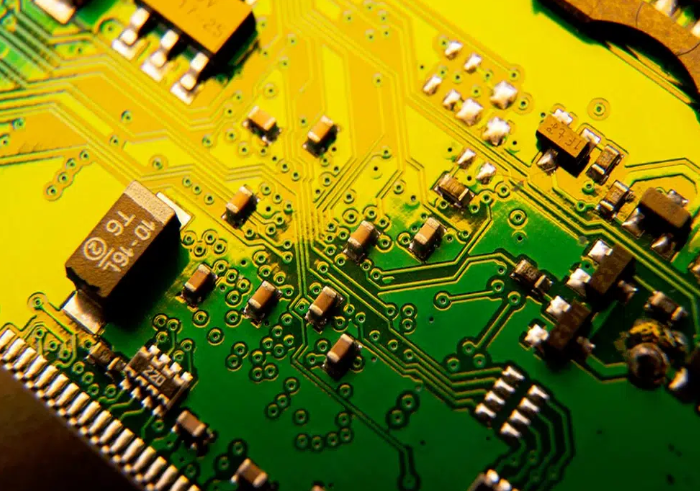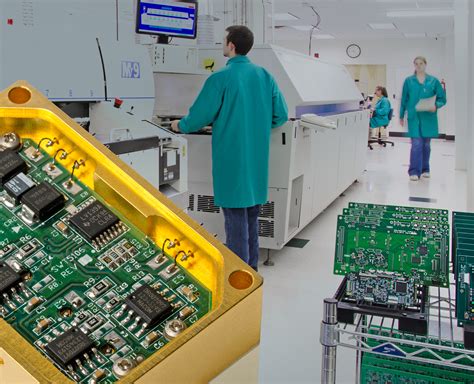Proper Placement of Inductors in PCB Design for Switching Power Supplies
Introduction
Switch mode power supplies (SMPS) have become ubiquitous in modern electronic design due to their high efficiency, compact size, and excellent power conversion capabilities. At the heart of every switching power supply lies the inductor – a critical component that stores energy during the switching cycle and releases it to the output. While much attention is given to selecting the right inductor value and current rating, the physical placement of the inductor on the printed circuit board (PCB) is equally important yet often overlooked. This article provides a comprehensive guide to proper inductor placement in switching power supply PCB designs, covering fundamental principles, layout strategies, and practical considerations to optimize performance, minimize EMI, and ensure reliable operation.
Understanding the Role of Inductors in Switching Power Supplies
Before discussing placement, it’s essential to understand how inductors function in different switching regulator topologies:
Buck Converters
In buck (step-down) converters, the inductor is placed between the switching node and the output capacitor. It smooths the pulsed current from the switch into a continuous output current while storing energy during the switch’s on-time.
Boost Converters
For boost (step-up) configurations, the inductor is positioned between the input voltage and the switching node. It stores energy when the switch is closed and releases it to the output when the switch opens.
Buck-Boost and Other Topologies
More complex topologies like buck-boost, SEPIC, and flyback converters have different inductor arrangements, but the fundamental placement considerations remain similar.
Regardless of topology, improper inductor placement can lead to several issues:
- Increased electromagnetic interference (EMI)
- Reduced power conversion efficiency
- Poor regulation and output voltage ripple
- Thermal management challenges
- Potential coupling with sensitive circuits

Fundamental Principles of Inductor Placement
1. Minimizing High-Frequency Current Loops
The most critical principle in inductor placement is minimizing the area of high-frequency current loops. Every switching cycle creates rapidly changing currents that can radiate EMI if loop areas are large. Key loops to minimize include:
- Power stage loop: From input capacitor through switches to inductor and back
- Output loop: From inductor through output capacitor and load back to the inductor
Place the inductor as close as possible to the switching node (typically the connection between the control FET and sync FET or diode in buck converters) to minimize the high di/dt loop area.
2. Orientation and Magnetic Coupling
Inductors generate magnetic fields that can couple into nearby traces or components:
- Axis of flux: Most shielded inductors emit flux primarily from their ends (along the axis of the winding). Position other sensitive components perpendicular to this axis.
- Distance from sensitive circuits: Maintain adequate spacing between inductors and high-impedance analog circuits or clock lines.
- Multiple inductors: If using several inductors (e.g., in multiphase designs), orient them at 90° to each other to minimize mutual coupling.
3. Thermal Considerations
Inductors can generate significant heat due to core losses and copper resistance:
- Avoid heat-sensitive components: Place inductors away from temperature-sensitive parts like electrolytic capacitors or precision references.
- Provide airflow: In forced air cooling systems, orient inductors to allow proper airflow across their surfaces.
- Thermal vias: For surface mount inductors with thermal pads, use appropriate via patterns to conduct heat to inner layers or opposite board side.
Practical Layout Guidelines
1. Buck Converter Example Layout
For a typical buck converter, follow these placement steps:
- Position the input capacitor(s) very close to the VIN and GND pins of the switching IC or MOSFETs.
- Place the inductor adjacent to the switching node (SW pin or node between power switches).
- Route the output from the inductor directly to the output capacitor(s), keeping this path short.
- Locate the output capacitors near the load if possible.
The critical high-frequency loop (input cap → top FET → bottom FET → input cap) should be as small as possible, with the inductor placed immediately adjacent to complete the power stage.
2. Layer Stackup Considerations
- Current return paths: Ensure low-impedance return paths exist directly beneath current-carrying traces on adjacent layers.
- Ground planes: Use solid ground planes (not split under the power stage) to provide clean return paths and shielding.
- Multilayer boards: In complex designs, dedicate entire layers to power and ground to minimize loop areas.
3. Routing Best Practices
- Wide traces: Use appropriately wide traces for high-current paths (inductor input/output).
- Avoid sharp corners: Use 45° angles or curves in high-current traces to prevent current crowding.
- Via placement: When transitioning layers, use multiple vias in parallel to reduce impedance and improve current handling.
- Kelvin connections: For current sensing, use separate traces for sense connections that don’t carry power currents.
Advanced Considerations
1. EMI Reduction Techniques
- Shielding: Consider using shielded inductors in noise-sensitive applications or when space is constrained.
- Ground stitching: Place grounding vias around the perimeter of the power stage to contain fields.
- Copper pours: Small copper islands under unshielded inductors can act as weak shields (consult manufacturer guidelines).
2. High-Current Designs
For high-current applications (>10A):
- Thick copper: Consider 2oz or thicker copper layers.
- Exposed pads: Use inductors with thermal pads and connect to large copper areas or internal planes.
- Interleaving: In multiphase designs, interleave phases to cancel magnetic fields.
3. High-Frequency Designs
For switching frequencies above 1MHz:
- Smaller packages: Use smaller inductor packages to minimize parasitic capacitance.
- Tighter placement: Reduce all loop areas proportionally as frequency increases.
- Material selection: Choose PCB materials with appropriate dielectric properties for high-frequency operation.

Common Mistakes to Avoid
- Placing the inductor too far from the switching node: This increases the high di/dt loop area and EMI.
- Orienting inductors parallel to sensitive traces: This maximizes unwanted magnetic coupling.
- Overlooking return current paths: Current must complete its loop; poor return paths increase noise.
- Ignoring thermal requirements: Overheated inductors can lose inductance or saturate.
- Placing inductors near board edges: This can make EMI containment more difficult.
Verification and Testing
After implementing your layout:
- Visual inspection: Verify all critical loops are minimized and orientations correct.
- Thermal imaging: Check for hot spots during operation.
- EMI testing: Conduct pre-compliance testing to verify radiated emissions are within limits.
- Oscilloscope measurements: Check for excessive ringing or noise on switching nodes.
Conclusion
Proper inductor placement in switching power supply PCB designs is both an art and a science. By understanding the fundamental principles of current loops, magnetic coupling, and thermal management, designers can create layouts that optimize performance while minimizing EMI and other issues. The key takeaways are:
- Minimize high-frequency current loop areas by placing the inductor close to the switching node
- Orient inductors to reduce magnetic coupling with sensitive circuits
- Consider thermal requirements early in the layout process
- Follow manufacturer recommendations for specific components
- Verify designs through careful testing and measurement
While this guide provides comprehensive recommendations, every design has unique requirements. Always consult component datasheets, application notes, and consider simulation tools when available. With careful attention to inductor placement, your switching power supply designs will achieve optimal performance, reliability, and compliance with regulatory standards.






